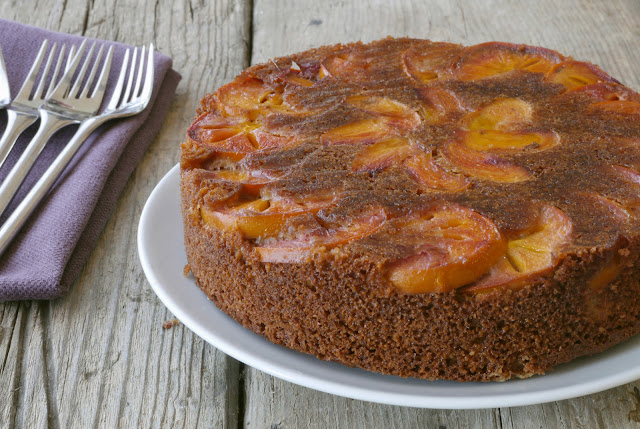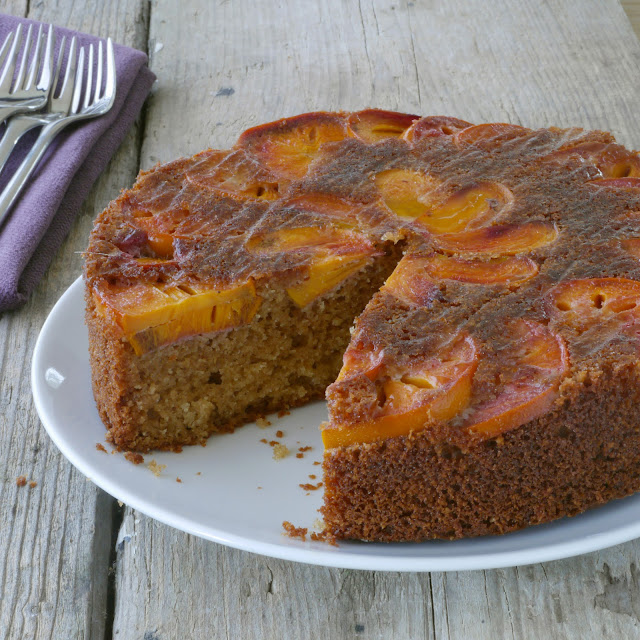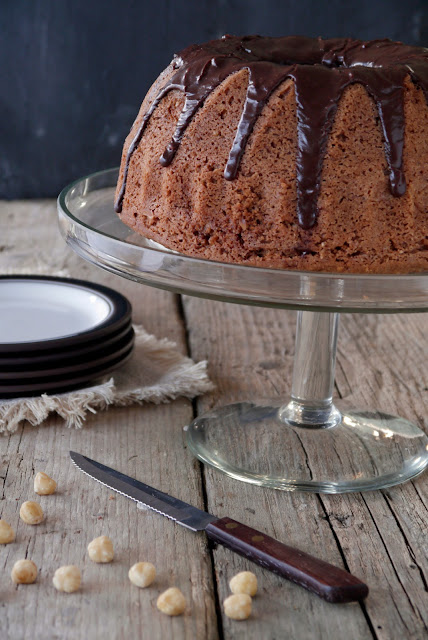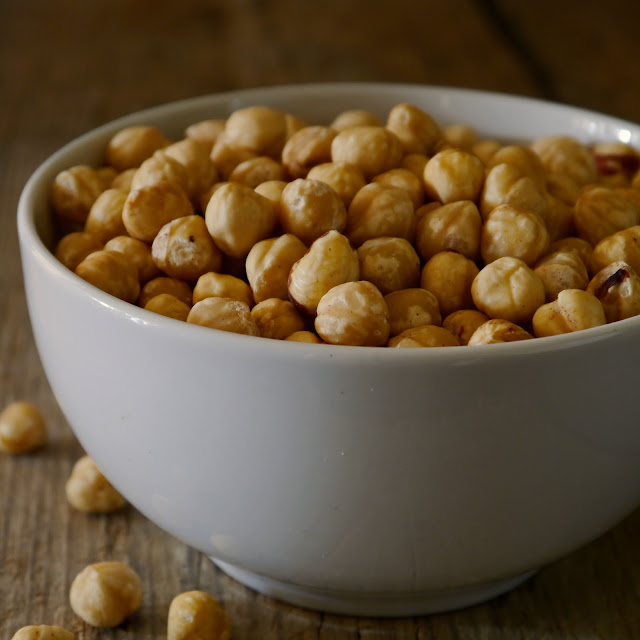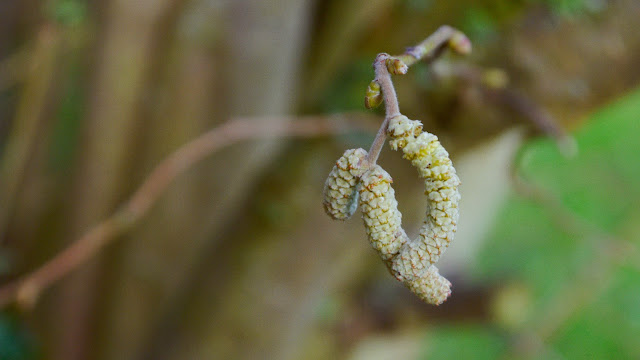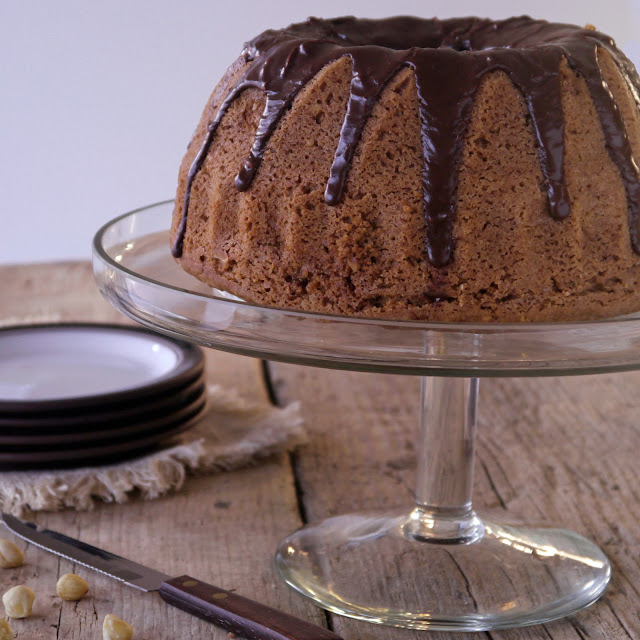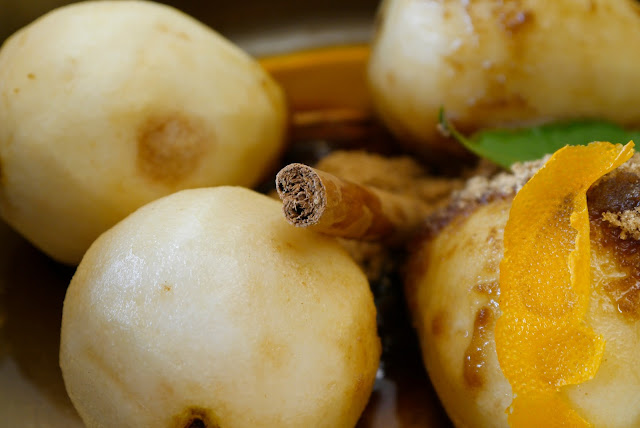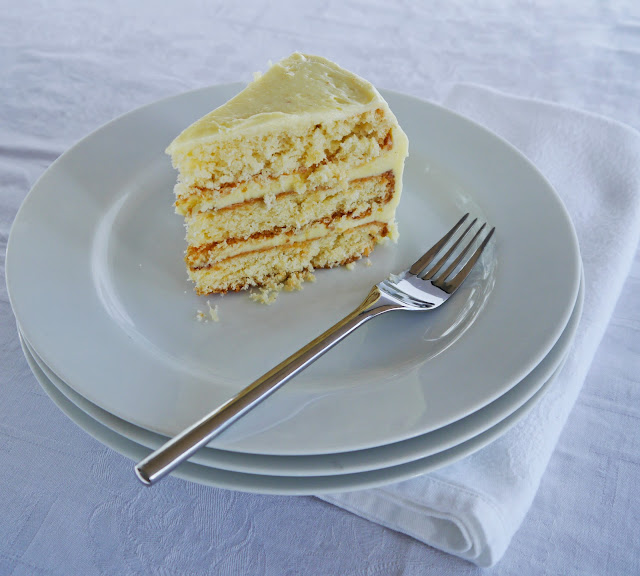They were pretty enough that I went out to photograph some this afternoon, though by the end my hands were stingingly cold which reminded me that it does feel unseasonably cold for this time of year, particularly so with the heating having broken down (any thoughts of a short-sleeve shirt coming out of the wardrobe is off limits for now) and so I do feel impatient for a spell of warm weather.
At this time of year, there is still very little growing in the garden, especially for fruit, with the first early strawberries and cherries only coming into season in late May, so the crimson crown of rhubarb looks even more prominent. The tart rhubarb here is combined with blood orange in a crisp and chewy almond macaron.
1. Give it a bash
2. Not too stiff, not to loose
For a long time I made my macarons as the recipes stated, even letting
them rest, yet they always came out cracked on top and I couldn't work
out why. Then one day, I was looking up tips for macarons and it said to
hit the baking tray to remove excess air bubbles. So, I made another
batch and dutifully did as it said and, although still not perfect, the
macarons didn't crack on the top - just by hitting the tray.
The consistency of the macaron batter should be just right: not too stiff and not too loose. I've heard it described as 'magma', you'll know it's there when if the batter is dropped from a spatula it can sink back into the mixture in 10 seconds. You should err on the side of too stiff: too thin and it will just spread out like a pancake.
3. Spread it out
When piping the macarons, make sure they are far enough apart that they won't spread into each other, 1-2 cm is about right: there's is nothing more annoying than an otherwise perfectly good batch of macarons which has merged into one.














